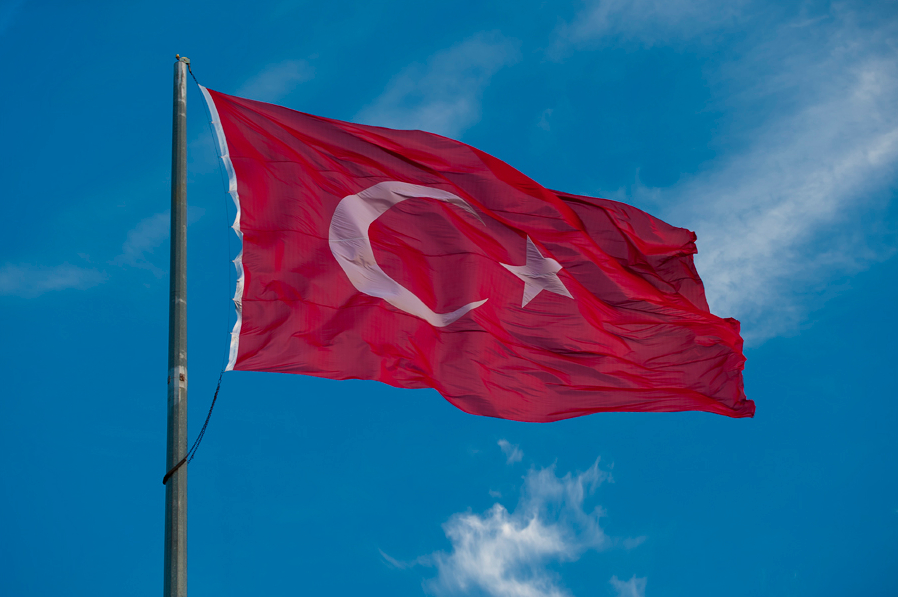🟥 Introduction
The Turkish flag is a powerful national symbol—simple in design but rich in meaning. Featuring a white star and crescent on a bold red field, it represents Turkey’s history, values, and identity both at home and on the global stage.
📜 Infographic: The Turkish Flag at a Glance
🏛️ Historical Background
| Period | Flag Used | Details |
|---|---|---|
| Ottoman Empire (1299–1922) | Red flag with a white crescent and star | Symbolized Islam and was used across a vast empire spanning three continents. |
| Republic of Turkey (1923–Present) | Modified red flag with standardized crescent and star | Designed by Mustafa Kemal Atatürk to reflect the values of a modern, secular, and democratic Turkey. |
✳️ Symbolism of the Turkish Flag
| Element | Meaning |
|---|---|
| Red Field | Represents the blood of Turkish soldiers who died fighting for the country |
| White Crescent | A symbol of Islam, continuity, and rebirth |
| Five-Pointed Star | Represents the five pillars of Islam, but also democracy, peace, and progress |
🧠 Fun Fact: While the star and crescent are associated with Islam today, their use dates back to pre-Islamic Central Asia and ancient civilizations like Byzantium.
🇹🇷 Modern Usage of the Turkish Flag
- Flown on government buildings, schools, and military facilities
- Carried with pride in international events such as:
- Olympics
- World Cups
- National celebrations
- Used in decorations, apparel, and souvenirs
- Protected by strict national laws prohibiting its disrespect or desecration
🧾 Conclusion
The Turkish flag is more than a national emblem—it’s a symbol of sacrifice, faith, independence, and unity. Whether fluttering above Ankara’s parliament or held high by athletes on a global stage, it continues to inspire pride among millions of Turkish citizens and admirers of Turkish culture worldwide.





